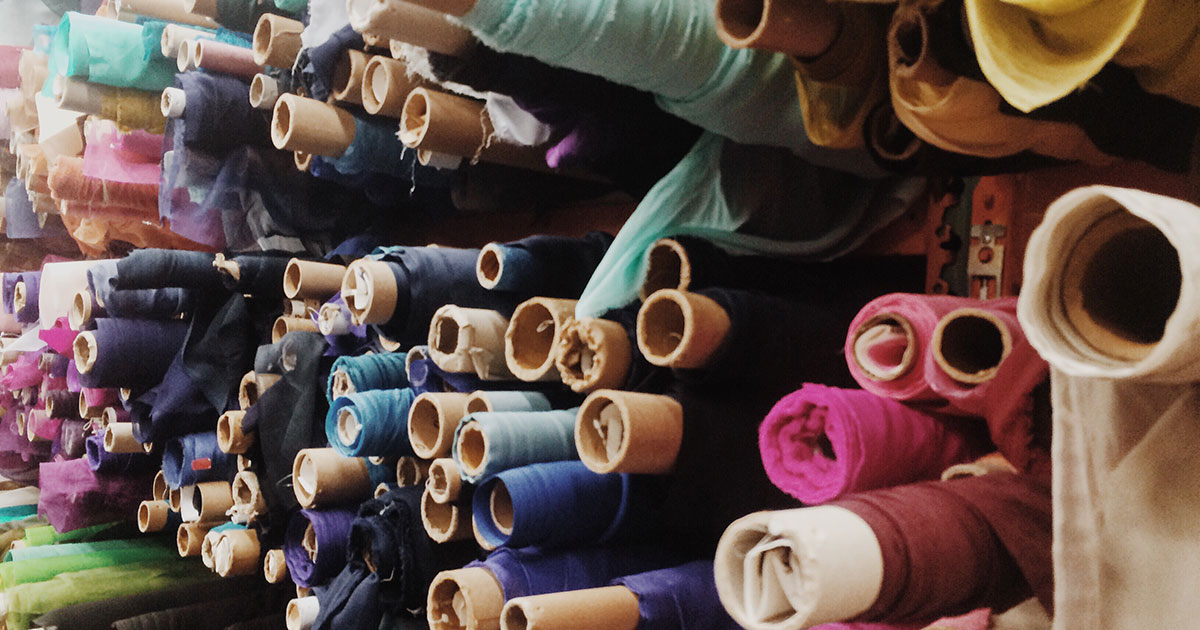
Image Source- Google
In recent years, the fashion industry has come under scrutiny for its environmental impact. From water pollution to excessive waste, the traditional methods of producing clothing have taken a toll on our planet. However, a new wave of top-rated sustainable fabric manufacturers is emerging, redefining the industry and offering hope for a more eco-friendly future. These companies are not only focusing on creating beautiful and high-quality fabrics but also prioritizing sustainability every step of the way.
The Rise of Sustainable Fabric Manufacturers
What Makes a Fabric Sustainable?
- Sustainable fabrics are made from materials that have been sourced and produced in an environmentally friendly and socially responsible manner.
- This includes using renewable resources, reducing water and energy consumption, and minimizing waste and emissions.
- Sustainable fabrics are also often biodegradable or recyclable, further reducing their impact on the environment.
Why the Shift Towards Sustainability?
- Consumers are becoming more aware of the environmental and social issues associated with the fashion industry, leading to a growing demand for sustainable alternatives.
- Regulations and policies are also pushing companies to adopt more sustainable practices, with many governments implementing stricter guidelines on waste management and emissions.
- Brands are recognizing the value of sustainability not only from an ethical standpoint but also as a way to differentiate themselves in a crowded market and appeal to eco-conscious consumers.
Innovations in Sustainable Fabric Manufacturing
Organic Cotton
- Organic cotton is grown without the use of synthetic pesticides and fertilizers, reducing the environmental impact of cotton production.
- Organic cotton farming promotes soil health and biodiversity, making it a more sustainable option compared to conventional cotton.
- Brands like Patagonia and Eileen Fisher have been leaders in using organic cotton in their clothing lines, setting an example for other companies to follow.
Recycled Polyester
- Recycled polyester is made from post-consumer plastic bottles, diverting waste from landfills and reducing the demand for new raw materials.
- It has a lower carbon footprint compared to virgin polyester and requires less energy and water to produce.
- Companies like Adidas and Nike have been incorporating recycled polyester into their activewear collections, demonstrating the versatility and sustainability of this material.
The Impact of Sustainable Fabric Manufacturers
Environmental Benefits
- Reduced water and energy consumption in the production process.
- Minimized use of toxic chemicals and pesticides in farming.
- Lower carbon emissions and waste generation throughout the supply chain.
Social Benefits
- Improved working conditions for farmers and garment workers.
- Support for local communities and economies through fair trade practices.
- Promotion of transparency and accountability in the fashion industry.
Challenges and Opportunities
Challenges
- Higher production costs associated with sustainable materials and practices.
- Lack of awareness and education among consumers about the benefits of sustainable fashion.
- Limited availability of sustainable fabrics and technologies on a large scale.
Opportunities
- Growing demand for sustainable fashion from environmentally conscious consumers.
- Advancements in technology and innovation that are making sustainable manufacturing more cost-effective and scalable.
- Collaboration and partnerships between brands, manufacturers, and governments to drive positive change in the industry.
Conclusion
As sustainable fabric manufacturers continue to innovate and redefine the fashion industry, there is hope for a more sustainable future. By prioritizing environmental and social responsibility, these companies are setting a new standard for the industry and inspiring others to follow suit. Through collaboration, education, and innovation, we can work towards a more sustainable and ethical fashion industry that benefits both people and the planet.